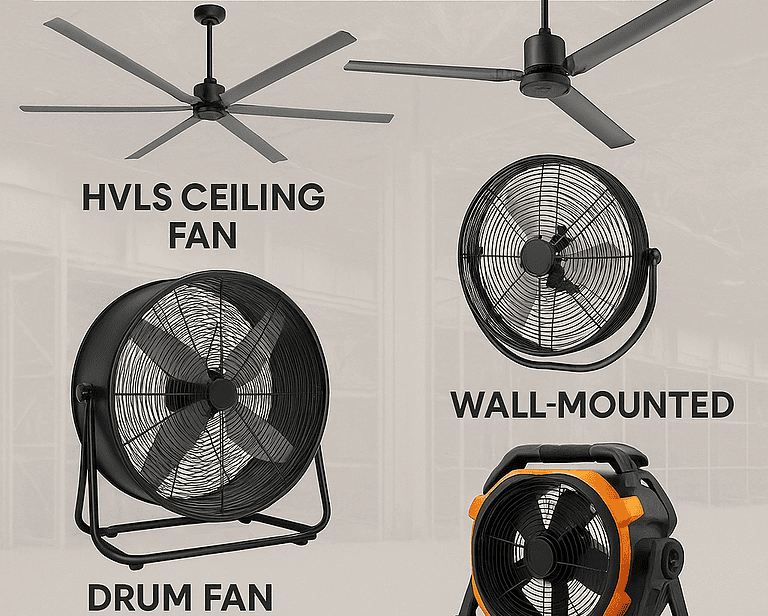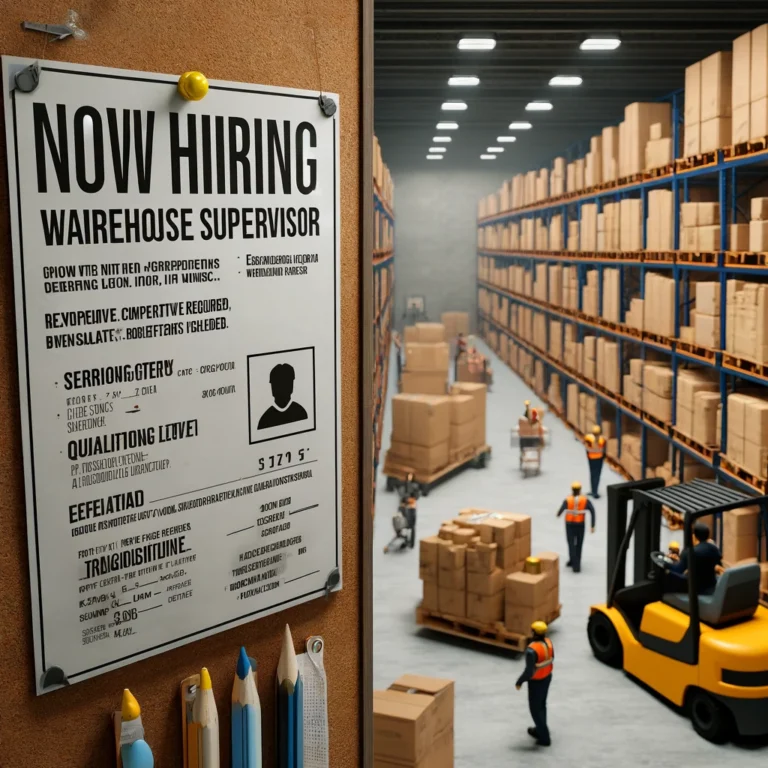Creating a Warehouse Safety Culture: Change Your Perspective in 2025
At the beginning of my career, safety was just a metric. It was a bothersome bullet point that I had to discuss each month with the management team and corporate figureheads. We’d brainstorm ways to reduce non-compliance, but it was all for the wrong reasons. We didn’t have a warehouse safety culture.

How It Started
The warehouse I inherited was in chaos. Poor housekeeping, low morale, endless overtime. We were barely keeping up with orders.
As an engineer, I focused on efficiency, throughput, and accountability. And in six months, we hit our shipping targets. But something still felt off.
Our people were tired, disconnected, and distrustful. And safety? It was a punchline.
The Wrong Mindset
We believed injuries were excuses.
We doubted the doctors’ notes.
We mocked light-duty work.
When someone got hurt, we blamed them — not the process. We even created meaningless “busy work” for those on restriction, hoping they’d quit or heal faster.
And when that didn’t reduce incidents, we doubled down with punishment: more audits, more rules, more fear. None of it worked.

A Turning Point
One afternoon, a corporate safety manager — the “safety master” we used to call him — visited our site.
He told two stories that changed everything.
Story 1: The Knife
A young receiver cut open a box with a blade — toward his body. The knife slipped and severed his femoral artery. He nearly died on the warehouse floor.
Story 2: The Conveyor
A fast, respected associate heard a jam alarm. She crawled under the conveyor to clear it — hair tied back, but not high enough. The system caught it. She didn’t survive.
They weren’t our incidents. But they could have been.
And in that moment, I realized something painful: I had built a culture that could make the same mistakes. We were running on compliance, not conviction.
Building a Warehouse Safety Culture
From that day forward, safety became a personal concern.
We stopped treating it as a metric and started living it as a value. We discussed safety in the same way we talked about our families — because they were connected.
We changed the conversation from “Who messed up?” to “What broke down?”
We replaced punishment with prevention.
We celebrated safe behavior instead of policing unsafe ones.
When I said I wanted every associate to go home the same way they came in, I meant it. And when a leader truly means it, people feel it.
That’s when safety becomes culture.

The Shift You Can Feel
Over time, something remarkable happened.
People started speaking up — not because they feared discipline, but because they cared about each other. Associates began correcting unsafe behaviors in real time. Managers stopped rushing to meet hourly numbers at the expense of safety.
Our injury rates dropped, yes — but that was the byproduct, not the goal.
The goal was belief.
Leadership Lesson
Safety isn’t a sign on the wall or a number on a chart.
It’s how your people act when no one is watching.
And it starts with leadership.
If safety matters to you, it will matter to them.
As leaders, we don’t install culture — we model it.
Take This With You
Every warehouse has hazards. Every team has pressure. But culture is a choice.
Make safety more than a policy.
Make it your identity.
Because the real measure of success isn’t how fast you ship — it’s whether everyone who made it possible gets to go home safe.
Additional Resources
- “How to Build a Safety Culture in Your Warehouse” — Damotech blog
- “Warehouse Safety Best Practices: Building a Program” — Inbound Logistics






